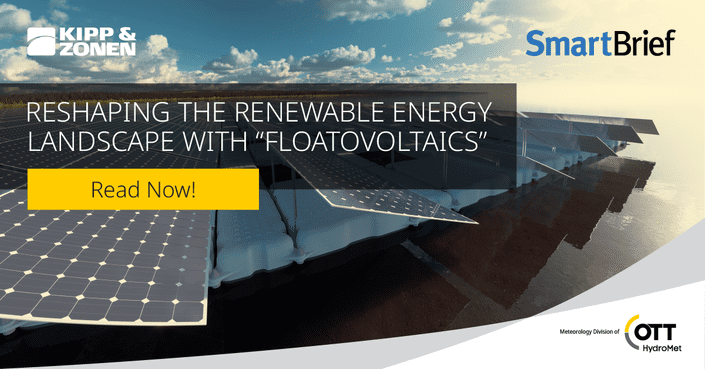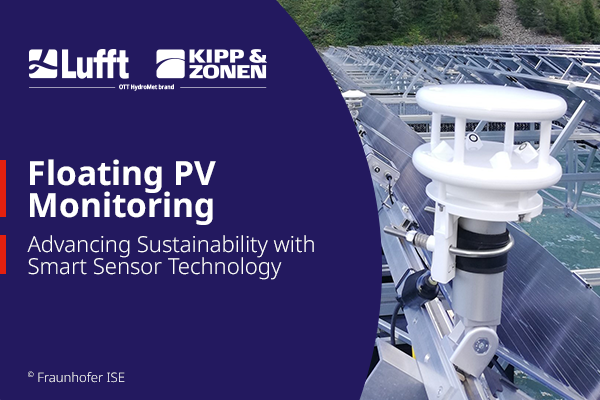Colocation is a growing trend within the energy industry, with sources such as wind, solar, geothermal and battery storage solutions being joined to optimize power generation. If a recent study from the US National Renewable Energy Laboratory is any indicator, one pairing that might become increasingly popular is solar and hydropower.
Solar and hydropower are two of the most utilized sources of sustainable energy in the world and, according to NREL, combining the two into a hybrid model could unlock thousands of terawatts of power. At the heart of this proposed hybrid model is an emerging technology called floating photovoltaics. Also known as floating solar or “floatovoltaics,” FPV is when a solar array is designed and installed to float on a body of water, instead of on land or building structures.
Combining solar and hydropower
According to the NREL report, installing FPV systems on the world’s hydropower station reservoirs could hypothetically provide 10,600 terawatthours of solar only power. That figure represents nearly half of the world’s energy requirements, based on estimates that in 2018 the world consumed 22,300 terawatthours of electricity.
Regardless of the Hydro-FPV hybrid’s potential impact, combining the two energy generation systems seems logical given their individual prominence. Hydropower is responsible for almost 60% of the world’s green power, while solar is the world’s fastest-growing renewable energy source.
Together with SmartFocus, we compiled a whitepaper about the potentials of floatovoltaics and its impact on the renewable energy landscape. Download it for free.



